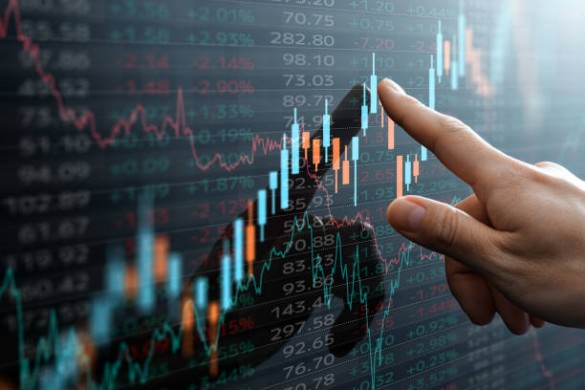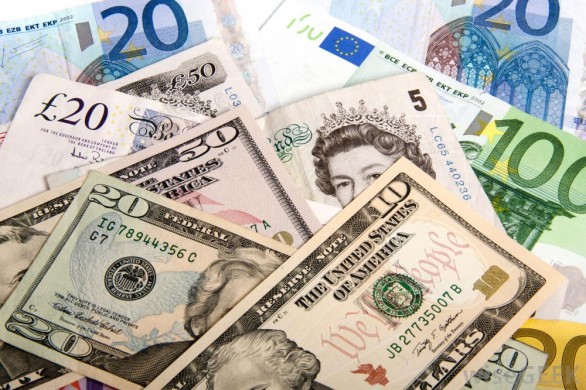N Brown (LSE:BWNG) focuses on selling clothes for bigger (20+ sizes) and older people. It started with paper catalogues and still sells that way, but most sales today (71%) are through the internet. It has 4.3 m registered customers.

Its shares fell from £5.93 in 2014 to £3.10 today, giving a market capitalisation of £879m.
In May I identified it as a candidate for my Modified cyclically adjusted price earnings ratio portfolio, when 268p, but couldn’t buy for want of cash. Since then very encouraging trading statement has been published – so, of course, I’m kicking myself for not getting my act together sooner!
I’ll start with summary of the data and analysis I had in May, but use the current share price.
| Pence per share |
Earnings (basic) |
Earnings (adjusted) |
Dividends |
| 2017 |
15.67 |
22.74 |
14.23 |
| 2016 |
19.23 |
24.02 |
14.23 |
| 2015 |
18.15 |
24.61 |
14.23 |
| 2014 |
27.09 |
27.74 |
14.23 |
| 2013 |
28.51 |
28.04 |
13.68 |
| 2012 |
29.28 |
28.84 |
13.03 |
| 2011 |
26.04 |
26.88 |
12.41 |
| 2010 |
22.83 |
24.77 |
10.79 |
| 2009 |
22.88 |
21.96 |
9.19 |
| 2008 |
21.16 |
20.27 |
9.06 |
Dividend yield is 14.23p/310p = 4.59%.
Average earnings per share “basic” over 10 years: 23.1p
Cyclically adjusted price earnings ratio “basic”: 310p/23.1p = 13.4
Average earnings per share “adjusted” over ten years: 25p
Cyclically adjusted price earnings ratio “adjusted”: 310p/25p = 12.4
Now that the share price has risen to 310p the CAPEs do not look “significantly” under the market average over around 15. But I’ll not rush to judgment; I’ll look at the latest trading statement after considering financial distress and its business model.
Financial distress?
The Piotroski measure of vulnerability to financial distress based on the annual accounts to March 2017, at five out of nine is not overwhelmingly reassuring, but is sufficient for me to conclude that N Brown has a low probability of vulnerability to financial distress.
Return on capital
| £m |
Net income plus amortisation (exceptionals deducted) |
Net tangible assets |
Return on net tangible assets, % |
| 2017 |
65.0 |
336.3 |
19.3 |
| 2016 |
73.5 |
351.1 |
20.9 |
| 2015 |
66.1 |
351.7 |
18.8 |
| 2014 |
89.1 |
412.0 |
21.6 |
| 2013 |
90.5 |
376.4 |
24.0 |
| 2012 |
89.6 |
359.5 |
24.9 |
| 2011 |
78.6 |
308.2 |
25.5 |
These returns are all very acceptable numbers. Even though there has been a recent decline, anything above 10% should be considered good; at around 20% we have to say these are excellent.
Business model
Developed over decades, the model gives it a degree of customer captivity; its long-established relationships encourage customers to develop habits of buying through catalogue and online.
Half of them also get into the habit of signing-up to pay for the clothing, footwear and home wear items over a period of 18 months (which regularly gets extended as new items are added …………………………………………………………………………………………….To read the rest of this article, and more like it, subscribe to my premium newsletter Deep Value Shares – click here http://newsletters.advfn.com/deepvalueshares/subscribe-1

 Hot Features
Hot Features













